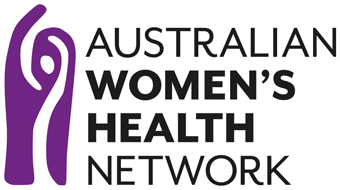Publisher: National Rural Women’s Coalition,2015
Status – CURRENT
The Weather the Storm kit has been prepared to support women to prepare for disasters and emergencies. The kit consists of three manuals which can be downloaded. Part 1 – Manual. The kit is set out and designed so it can be delivered for community groups. It can be used by anyone, however some skills or awareness of group facilitation would be useful. The kit gives a step-by-step guide to planning and delivering the program and can be adapted to fit different communities and varying natural disaster types e.g. cyclones, floods, bushfires etc. It follows a ‘ think and discover, plan, design, deliver and evaluate’ format. The content of the program is set out in a manner that is easy to follow e.g. how to set up, what to do as women arrive, how to work through the session and how to end the sessions etc. Part 2 – Tools and Templates. This section has all the specific information, worksheets and tools needed to design a program. It includes sample invitation letters, worksheets, participation certificates, post program surveys etc. Part 3 – Resources. This section has the resources which you can print off and provide as handouts to participants or resources to set up e.g. an emergency bushfire kit contents; how to use BOM information services.

